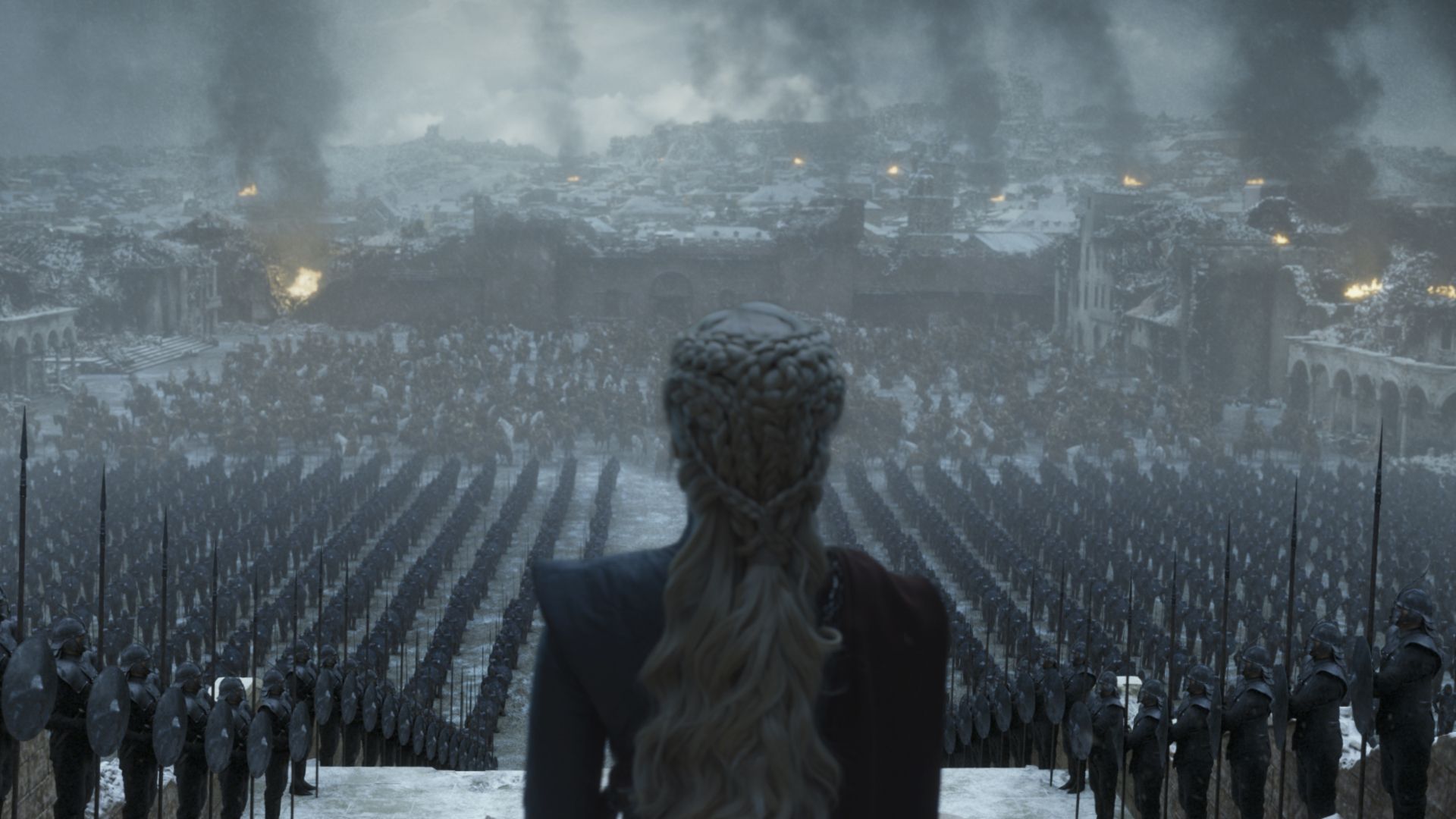
Deadline has unveiled an exposé that provides an extensive account of Michaels’ case, now that the trials have ended, and settlements have been reached. It is an eye-opening report that gives readers an inside look at what can only be described as negligence by Rowley Irlam, the stunt coordinator in charge of Game of Thrones. The incident took place in February 2018, and from that moment on, Michaels knew that her career was over. Deadline reports that she received a settlement of $9.3 million after it was proven that what occurred wasn’t her fault.
The scene in question was part of the third episode in Season 8. Michaels played a White Walker who was supposed to drop approximately 12 feet into a rig made up of cardboard and crash mats. Although rehearsals were common, not all stunt personnel were required to rehearse. The first take went well, but for the second take, some changes were made. Per Irlam’s orders, they were not supposed to spot their landings because they were playing zombies. They were told to “drop like pencils.”
Did Anything Change After Casey Michaels’ Stunt Incident?
Many would have thought that after HBO had to pay a considerable amount of money to settle, and Michaels’ case was thoroughly documented and evaluated by experts in the field, things would change. Nevertheless, the now-retired stunt specialist says that there’s only denial from the other party: “I can forgive accidents. I can forgive mistakes. I cannot forgive lies. Two people went to hospital, and they [the Game of Thrones stunt coordinators] are still denying that they did anything wrong. Their egos are so great that they cannot put their hands up and say, ‘We understand this was wrong. We will correct this, we will do better, we will learn from our mistakes.'”
So, no. Nothing has changed on the set of HBO’s most successful TV show, which is an irony considering how important stunts have become, and the groundbreaking decision by the Academy to start awarding Oscars to the best stunt work in Hollywood. Hopefully, Michaels’ case becomes a cautionary tale for stunt people, as well as coordinators, who are supposed to guarantee safety on the sets.

